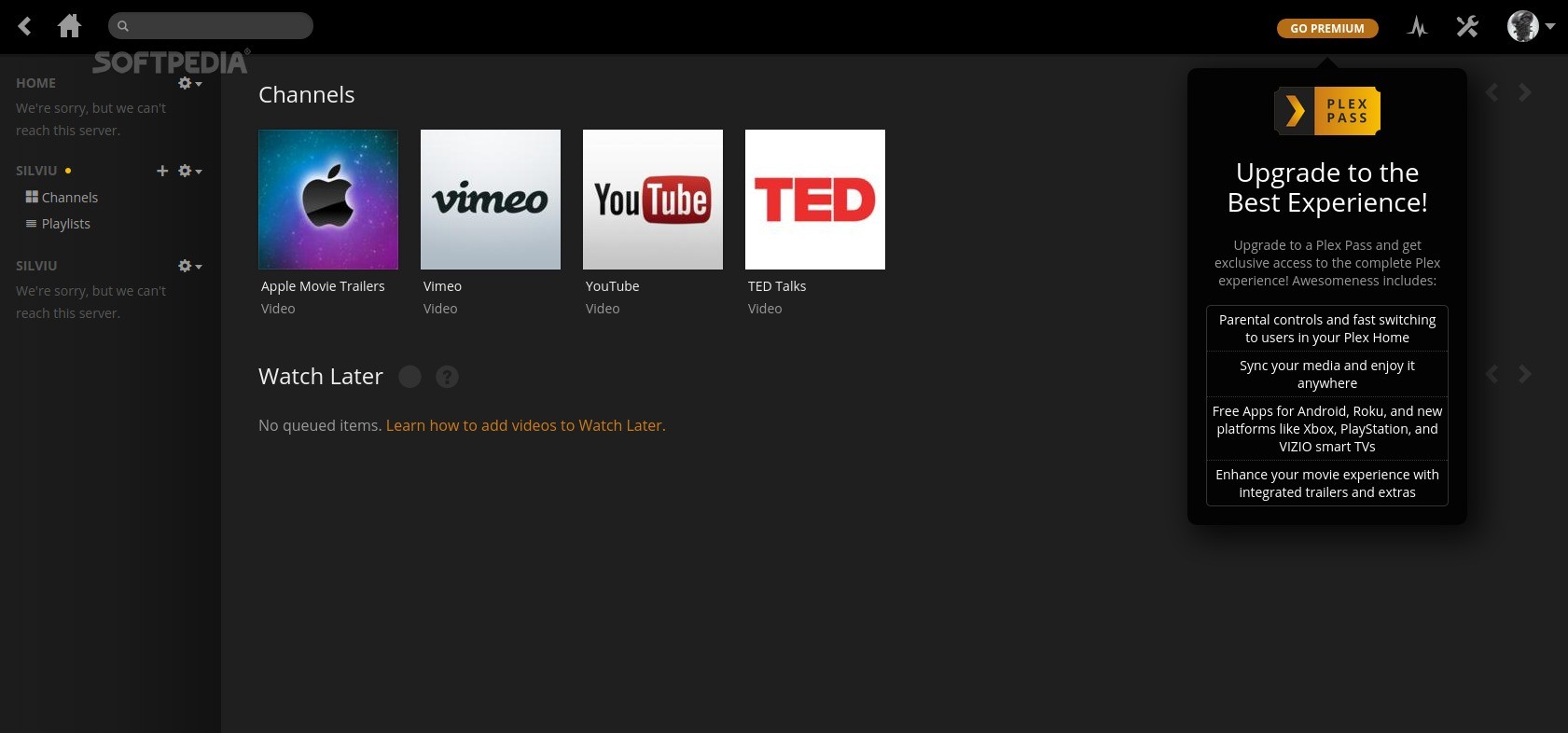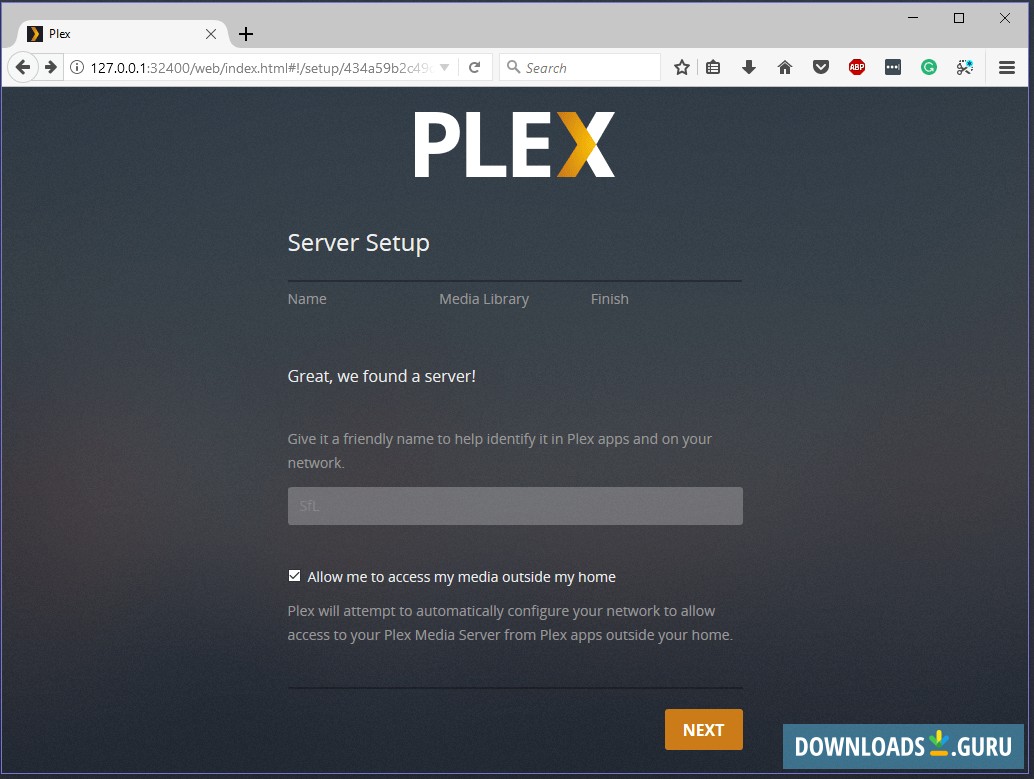

Not to mention, organization is just a good thing to do. Sort all of your media in the conventions listed above, and your Plex media server will operate a lot more efficiently.

Movies and music have a similar folder and naming conventions. Let’s start with TV shows: according to the Plex documentation, TV show media files should be named and organized like this. You’ll need to go through all of your media and name the files in a way that the server software can recognize it.Įach media type has its own naming convention. With these settings checked, the Plex server will sort through media much better.īelieve it or not, Plex has a preferred way to do things. If you also have music on your Plex server, you may want to check the “include music library in automatic updates” box. Check the “update my library automatically” and “run a partial scan when changes are detected” boxes.

In the Settings window on the sidebar, click the “Library” option. It’s not required but is probably a good idea. This name will be used as a way to better identify your server when trying to find it on your network. With an account, it’ll be easier for devices to discover the Plex server present on your network.Īfter your account has been created, sign in and click on the gear in the left hand bar to get to the settings area. Before we get to any of that, though, you’ll need to create a Plex account. There are a few things that need configured inside Plex. It’s also possible to set up the server from another machine on the network. Now that the software component is on the system, it’s time to configure the server. Now that the package file has been installed to Ubuntu, it’s time to enable the server via systemd:Īfter the service has been enabled, start the service with systemd. When these commands have finished, Ubuntu will have added Plex Media server to your system. Enter these commands to install the Plex Server file to the system (assuming that the downloaded file is in the “Downloads” folder). Once you have the package file downloaded, open a terminal window. Head over to this page here and download the package file (to your Downloads folder) that you’ll need for installation later. This guide will cover setup on Ubuntu, but the instructions are similar for any Linux distribution. The server is available for Ubuntu, Fedora and CentOS officially on the Plex website (and others unofficially). Plex media server needs to be downloaded in package format.

Here’s how to get it installed and running on Linux. Plex is a great tool and has a ton of great features like downloading metadata, resuming playback from multiple devices, on-the-fly encoding and so much more.


 0 kommentar(er)
0 kommentar(er)
